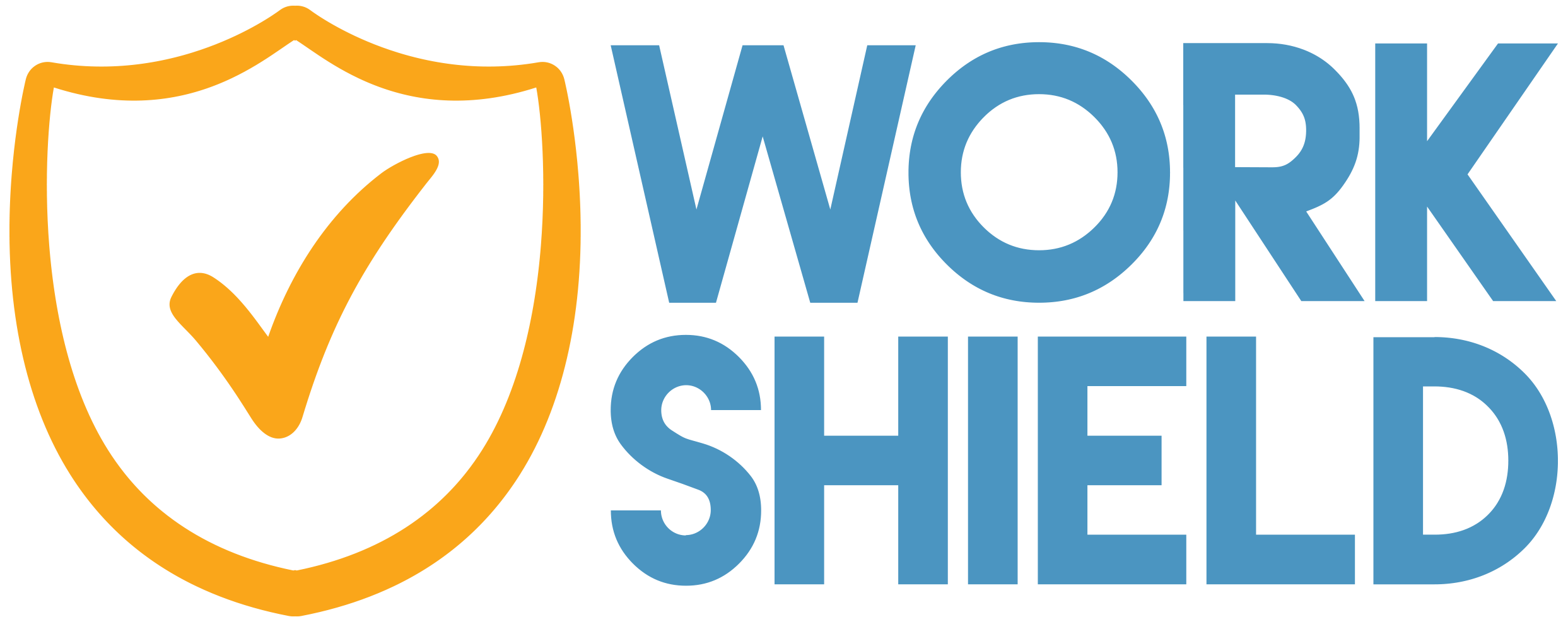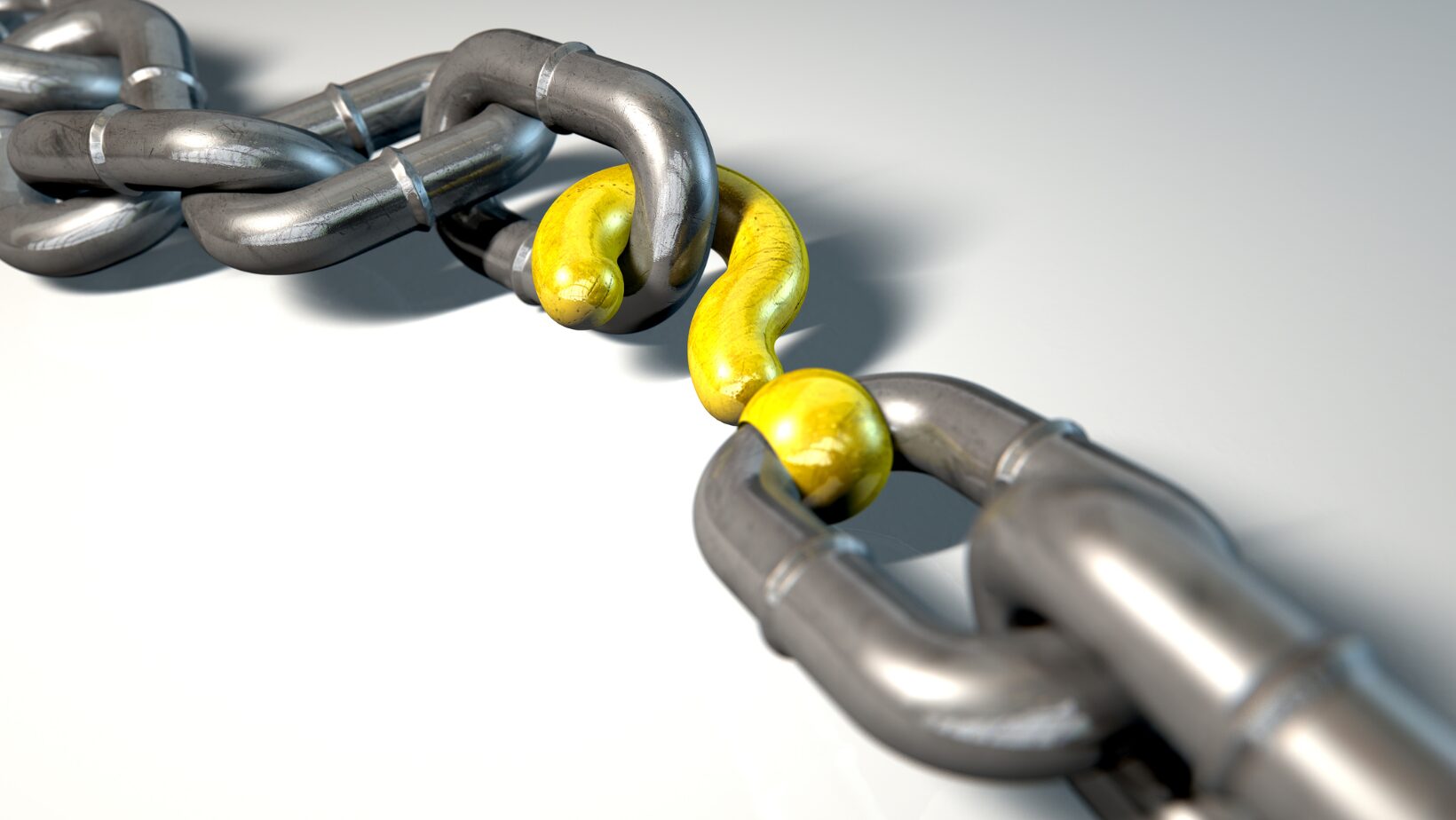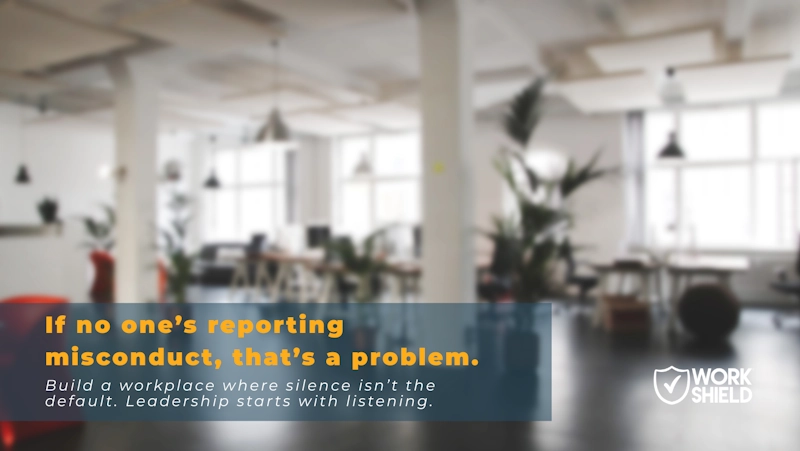Many employers underestimate incivility in the workplace because it doesn’t always violate policy or seem serious enough to address. An eye roll in a meeting, a sarcastic comment or subtle exclusion is often brushed aside as harmless friction.
But, incivility at work creates a dangerous blind spot. When incivility in the workplace goes unchecked, it quietly weakens professional boundaries, makes employees feel unprotected and opens the door to more serious misconduct. What begins as “minor tension” can, and often does, escalate into formal complaints, legal exposure and reputational damage.
Why Incivility Puts Your Organization at Risk
Employers often treat these behaviors as “personality clashes” or “communication issues” instead of the early warning signs they are. Passive-aggressive remarks, dismissive body language, and “jokes” with sharp edges are, in reality, early warning signs that can quickly snowball. Incivility may look subtle, but its impact isn’t.
In June 2025, the Equal Employment Opportunities Commission (EEOC) announced that Bob’s Tire Company in Massachusetts would pay $250,000 to resolve a lawsuit alleging pervasive sexual, racial, and national origin harassment. This case highlights how unchecked uncivil behavior and incivility in the workplace, including offensive comments and mocking behavior, can escalate far beyond isolated rudeness. The effects of incivility were severe: Hispanic and male employees endured continuous slurs and a hostile work environment, and one employee who complained about harassment faced direct retaliation.
Management’s failure to act against repeated misconduct exemplifies how seemingly minor instances of incivility at work or passive-aggressive hostility can morph into unlawful discrimination and harassment, forcing the EEOC to step in.
How to Identify Incivility Patterns
To get ahead of incivility in the workplace, organizations must get better at spotting and interpreting patterns in behaviors in the workplace.
Look for these signs:
- Repeated eye rolls, interruptions or exclusion from meetings
- Undermining remarks or “jokes” with sharp edges
- Subtle but consistent passive-aggressive behavior
- A sudden dip in team morale or productivity
But seeing the signs isn’t enough. Leaders need to ask the deeper questions:
- Are repeat offenders being documented, or overlooked because it’s “just their style”?
- Is your management team trained to identify incivility patterns across reports?
- What’s the average time between the first report and action in your system?
If you’re not getting reports, it doesn’t mean problems don’t exist. A lack of reports may actually signal a breakdown in trust or a lack of awareness around what qualifies as inappropriate behaviors in the workplace.
Organizations should be using reporting and investigation data not just to respond to incidents, but to identify hotspots, assess organizational risk and take proactive steps before minor issues turn into major liabilities.
Don’t Ignore Uncivil Behavior
It’s time for organizations to stop treating incivility as an interpersonal challenge and start recognizing it as a strategic and legal risk.
Conduct a mid-year or quarterly audit of your organization’s misconduct reports. Look for uncivil behavior patterns and evaluate whether your policies outline expectations for professional conduct, not just major violations.
To keep incivility from becoming a liability, ask yourself these questions and follow through with action:
- Is workplace incivility mentioned in your code of conduct? Define it clearly and make it known that subtle behaviors like eye rolls, sarcasm, or exclusion are not acceptable.
- Are employees trained on what it looks like and what to do when they see it? Provide regular, practical training on what incivility looks like and how to respond or report it.
- Do you have a third-party system in place to track and act on this uncivil behavior? Implement comprehensive solutions that allow for confidential reporting, pattern recognition and consistent follow-through.
Workplace incivility isn’t harmless, and it definitely isn’t something to just “keep an eye on.” Whether it shows up as eye rolls in meetings, cutting remarks or passive-aggressive emails, these moments chip away at trust and open the door to bigger problems.
When you let Incivility in the workplace slide, it sends a clear message: this is acceptable. That’s when engagement drops, complaints pile up, and legal risks creep in.
The good news? You don’t have to wait until it gets bad. Organizations that address uncivil behavior early protect their people and reduce the risk of complaints, lawsuits, and reputational damage. The most effective approach combines clear expectations, practical training, and systems for reporting and follow-up that employees trust.
Acting consistently shows employees that respect is a core expectation and that leadership will act before issues spiral into bigger problems. Work Shield helps organizations make this process easier by providing confidential reporting, impartial investigations, and actionable insights. With the right visibility and process, companies can identify patterns, act sooner, and stop uncivil behavior from escalating into costly liability.





